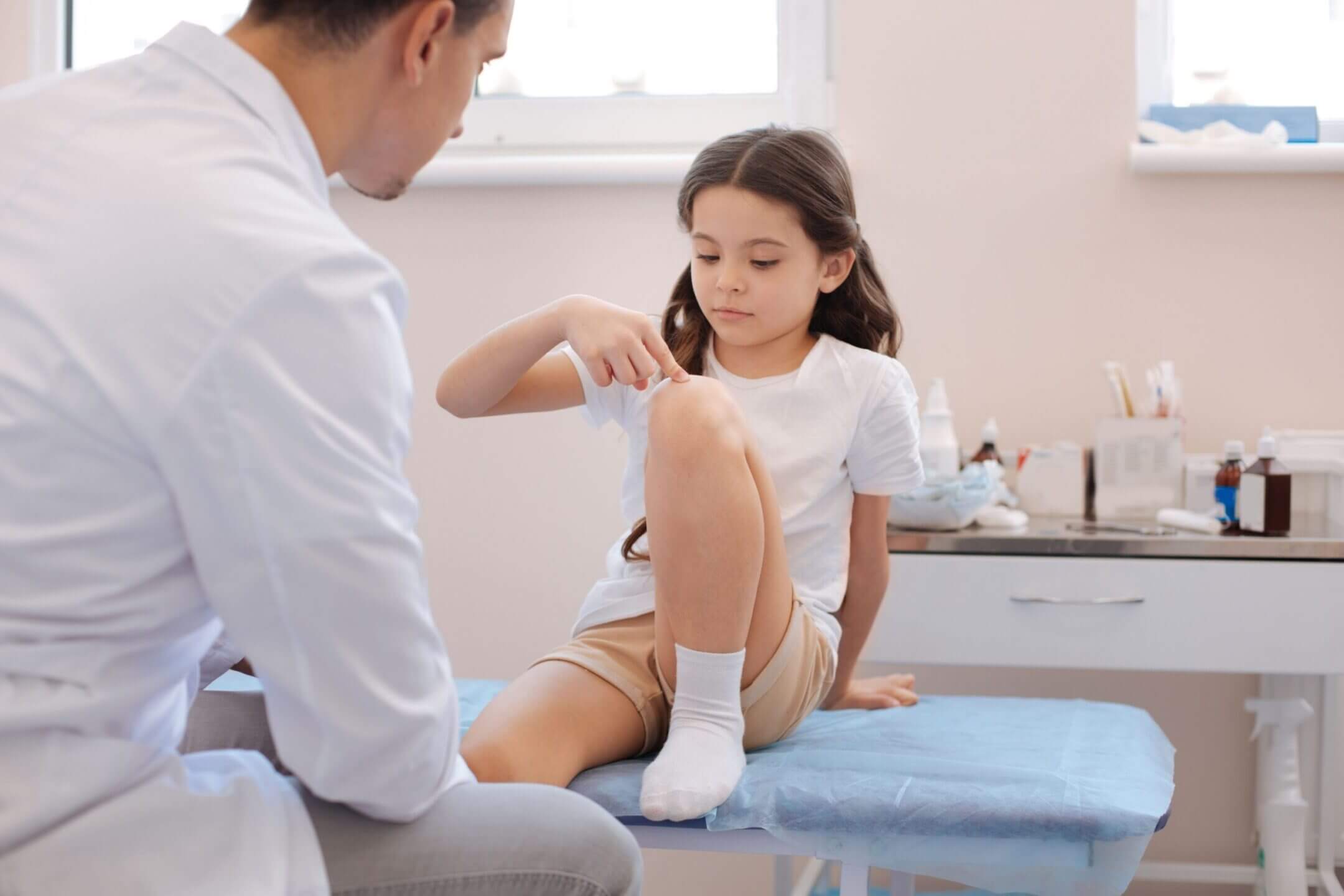
Osgood Schlatter Disease
Despite the name, Osgood-Schlatter Disease (OSD) is not a disease at all – it’s a common knee injury that affects children and teenagers.
If you thought that “growing pains” were an old wives’ tale, then think again. Growth spurts in adolescence can cause a number of painful conditions, and OSD is one of them.
What is Osgood-Schlatter Disease?
Children have a lot of growing to do, which means their bones, muscles and tendons have a lot of growing to do too! To enable this process, many of the bones have a growth plate, which is a soft area of cartilage at the ends of long bones. The shinbone is one such bone.
During puberty, when the muscles, bones and tendons are all growing at different rates, the tendon that connects the shinbone to the kneecap can pull on the growth plate at the top of the shinbone.
Since this is also a time when children are particularly active – playing sports, playing with their friends, and generally running around and jumping about at any opportunity – the tendon can be further stretched by frequent repetitive movements.
All of this causes swelling and irritation, known as Osgood-Schlatter Disease.
In 1903, an American orthopaedic surgeon called Robert Osgood and a Swiss surgeon called Carl Schlatter both independently described the condition, and it was named after them both.
What are the symptoms of Osgood-Schlatter Disease?
OSD usually affects children between the ages of 10 and 15. It is more common in boys than girls and can happen in one or both knees.
If your child has OSD, they will likely experience some or all of the following symptoms:
- Pain in their knee that gets worse with physical activity
- Pain in their knee when running, jumping, squatting, kneeling, walking upstairs, or walking up hills
- Tenderness around the knee
- Swelling below the kneecap
How is Osgood-Schlatter Disease treated?
If left untreated, the pain from OSD can last a very long time. The good news is that OSD will go away altogether once your child stops growing, but until then it can cause a great deal of discomfort, so it’s important to give your child the best possible treatment while it’s occurring.
Rest is important, and your child will most likely be advised to either limit or modify their level of sports activity for six to eight weeks. After that time, they may continue to participate in their normal activities as long as they rest if the pain becomes too severe and the pain subsides after a day of rest. If it doesn’t, they’ll need to be checked out.
You should also watch out for any signs of limping or difficulty walking after activity. Ice application after activities can reduce the pain, and stretching the quadricep and hamstring muscles is important. As this condition is caused by excessive pulling of the tendon on the bone, stretching should be gentle and only done when advised by your physio. Foam rolling may also be effective as a form of self-massage for the leg muscles when at home.
Your physio can help your child with exercises to strengthen the quadricep and hamstring muscles, and a stretching and warm-up/cool-down routine for sports activities. Our goal is to keep your child active and moving with as little pain as possible.
If your child is experiencing any unexplained pains, bring them along to see us! Give us a call on (08) 9203 7771 or email info@ngp.net.au and set an appointment and we’ll check them out, alleviate any concerns and give them the best possible treatment to keep the pain at bay.
References
- Physiopedia. 2021. Osgood-Schlatter’s Disease [Online] Available from: https://www.physio-pedia.com/Osgood-Schlatter%27s_Disease
- Johns Hopkins Medicine. 2021. Osgood-Schlatter Disease [Online] Available from: https://www.hopkinsmedicine.org/health/conditions-and-diseases/osgoodschlatter-disease
- Kids Health. 2019. Osgood-Schlatter Disease [Online] Available from: https://kidshealth.org/en/parents/osgood.html
